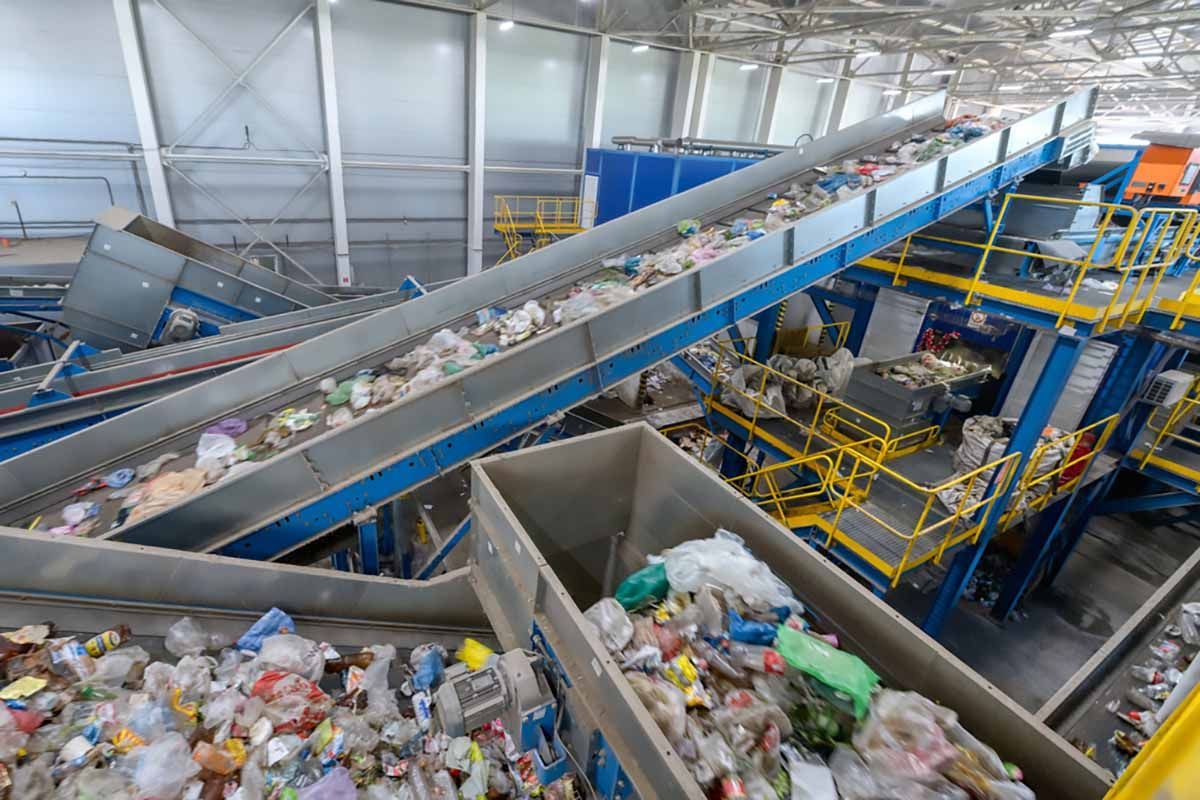The Good, the Bad and the Meh: Midsummer Recycling Markets
Chaz Miller
July 22, 2024
A bit more than halfway through the year, MRF recycling markets are blowing hot, cold, and indifferent. On the hot side are old corrugated containers (OCC), residential mixed paper (RMP), PET bottles, and aluminum cans. Steel cans and colored HDPE bottles are cold. Natural HDPE bottles and polypropylene (PP) packaging are kind of meh. At least prices aren’t as volatile as the summer of 2021 when most recyclables set record highs only to watch them disappear.
Let’s start with the hot markets. PET bottle and aluminum can markets reflect changes in seasonal demand for beverages. Beer, soda pop and bottled water sales are highest between Memorial and Labor Days. In the spring, when purchasing agents start stepping up their orders for these packages, supply is low. The increased demand drives up prices. Similarly, in midsummer, prices start to go down as supply exceeds anticipated post-Labor Day demand.
Currently, the national price for a bale of PET bottles is 17.41 cents per pound, about 50 percent higher than it was at the beginning of the year (note: all MRF bale prices are from RecyclingMarkets.net as of July 19). Aluminum cans are currently just a hair under 76 cents a pound, about a 25 percent increase in value. MRFs are benefitting from strong prices from both packages. Nonetheless, they will go down soon, as they usually do.
National prices remain strong for both OCC and RMP. The average price for old boxes is $107.50 a ton. Those prices started rising at the beginning of 2023. Their value has more than tripled since then. RMP has grown to a current value of $70.63 a ton from a negative value of -$1.50 a ton in November 2022. Prices for both have flattened out. They provide a strong base for MRF revenue.
Recycled paper prices remained strong over the last year in spite of unusual demand and supply realities. Demand for OCC and RMP is up because the paper packaging industry has experienced a rapid increase in its capacity to use recycled paper. All six facilities with new capacity in 2023 and this year are located east of the Mississippi as is a majority of the new capacity since the surge started in 2018. New and existing capacity are competing for supply, driving prices up and looking for paper further away from their mills than normal. At the same time lower paper exports have eased pressure on prices.
Supply of OCC and RMP is not keeping up with demand because inflation lowered unit sales of most consumer products. This leads to fewer boxes needed to transport those products to stores and to be available for recycling. While you and I have more boxes due to increased e-commerce, we don’t have as many as anticipated when the new capacity was being planned. The e-commerce companies are using fewer and smaller boxes to lower their costs. And when we get them, we aren’t as good at recycling them as stores. That supply shortage is keeping prices up.
To further complicate matters, due to unanticipated lower demand for their end product, a number of paper mills took “economic downtime” and temporarily stopped production until sales picked up. This includes some of the new capacity. Worse yet, the McKinley Paper Company mill in Port Angeles, Washington, which opened in 2020, recently announced it is closing. High raw material costs and sluggish demand for its products were blamed. The mill made linerboard and corrugated medium for boxes and other paper packaging.
OCC and RMP markets could stay at their current level for a while. Seasonal holiday box demand will be kicking in soon. When that is over, lower prices are likely.
The cold markets are colored HDPE and steel cans. Colored HDPE resin is primarily used for construction-related products such as water and sewer pipes because the dyes used to color the resin can’t be taken out. A year ago, the price was unusually low at 7.13 cents a pound. Then it steadily rose to 23.94 cents per pound in May before falling to 11.56 cents per pound. Colored HDPE’s price often reflects housing construction trends. New housing permits and construction starts are falling due to high housing costs. Prices will pick up when construction picks up.
Over the past year, steel can prices fell by a quarter to $152.81 per ton. Electric arc furnaces, the predominant steel making technology in the U.S., feast on any type of scrap steel. When Baltimore’s new Key Bridge is built, I hope that some of my steel cans will be in it. For now, however, steel markets are soft due to lack of demand.
That leaves us with the “meh” of natural HDPE (primarily milk jugs) and PP (primarily yogurt containers). Prices are low, but the packages are being recycled. HDPE is commonly used for detergent and shampoo bottles and many other packages. It can be dyed whatever color the package uses. A year ago, the major buyer for recycled natural HDPE stopped buying. Prices collapsed by 237 percent to 22.22 cents a pound. Since then, they have slowly increased. Still, at 37.19 cents per pound it only recently rose above its April 2020 low point. The price will get back to its normally higher levels when consumer brands decide they really want recycled content.
At 6.5 cents per pound, PP (primarily yogurt containers), is the least valuable plastic package in the bin. Its markets are primarily nonpackaging durable plastics. Sales of those products have been flat for some time, so has PP’s low price.
I’ve been tracking recycling markets for some time. Current markets are the most unusual – heck, the weirdest – I’ve seen. Part of that is COVID’s ongoing impact on the economy. Part is the stunning increase in paper recycled content capacity. Part is the ability of e-commerce companies to reduce their need for boxes. Part is the off and on demand for recycled plastic by consumer product companies. Sooner or later, this will all resolve itself. Until then, enjoy the ride.
Share Post





